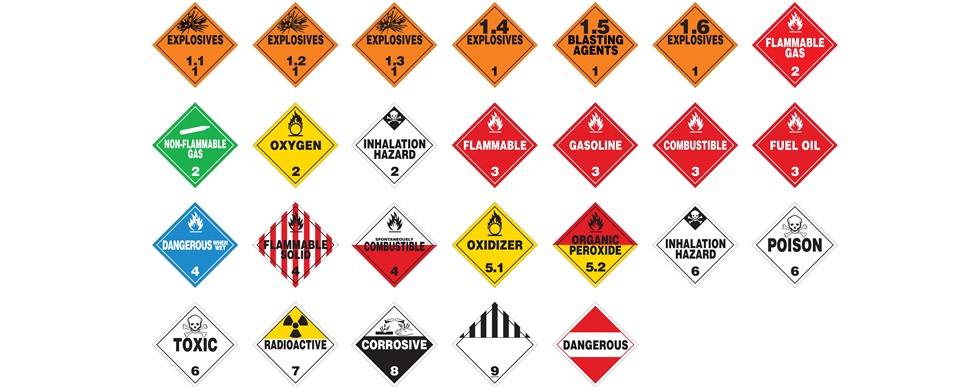DANGEROUS GOODS : THE RIGHT REFLEXES

As a specialist in the transportation of all goods, Balguerie is also your partner for the shipment of your hazardous products worldwide. Our teams bring you their know-how for the specific transport of these goods.
WHAT ARE THE REGULATIONS ?
By sea, rail, road or air, the transport of dangerous goods (TDG) is subject to strict regulations that depend on various organizations depending on the mode used:
- Maritime: IMDG code (International Maritime Dangerous Goods) revised every two years by amendment and managed by IMO and DSC (transport of dangerous goods, solid cargoes and containers)
- Air: IATA regulations based on the International Civil Aviation Organization (ICAO) Technical Instructions for the Safe Transport of Dangerous Goods by Air
- Rail: RID regulations, updated every two years and compulsorily applicable on July 1 of the year of application
- Road: ADR agreement updated every two years and compulsorily applicable on July 1 of the year of application
A model regulation serves as a basis for all the international regulations mentioned above.
In France, the Direction Générale de la Prévention des Risques (DGPR) is in charge of the regulation of the transport of dangerous goods by road, rail, inland waterways and sea. The Direction Générale de l'Aviation Civile (DGAC) is responsible for the transport of dangerous goods by air.
PRINCIPLE OF CLASSIFICATION OF DANGEROUS GOODS
The classification is determined according to four main principles:
- The properties of the risks in transport (class 1 to 9, see below)
- The level of danger (packing group)
- The chemical family (acid, ammonium compound, peroxide, ...)
- The capacity to damage the marine environment (marine pollutant)
A product can present several risks during transport, and be assigned several classes (maximum three: one main risk and one or two subsidiary risks).
The different classes according to the type of danger of the goods:
Class 1: Explosive substances and articles
Class 2: Gases
Class 3: Flammable liquids
Class 4.1 : Flammable solids, self-reactive substances, solid desensitized explosives and polymerizing substances
Class 4.2: Substances liable to spontaneous combustion
Class 4.3: Substances which, in contact with water, emit flammable gases
Class 5.1: Oxidizing substances
Class 5.2: Organic peroxides
Class 6.1: Toxic substances
Class 6.2 : Infectious substances
Class 7: Radioactive materials
Class 8: Corrosive substances
Class 9 : Miscellaneous dangerous materials and objects
BALGUERIE ASSISTS YOUR TDG
As a freight forwarder specializing in international and multimodal transport, our teams of experts take care of your dangerous goods in compliance with the regulations by studying the feasibility of each option.
For each of your TDG:
- A declaration with all the required information must be established by the shipper (UN number, i.e. four digits that identify the dangerous goods - Class - Packaging group - Quantity of goods concerned - NBR of packaging - Nature of the package)
- The shipper's commercial invoice must include all the goods, including samples or others that may be dangerous and must be subject to a dangerous goods declaration
- A safety data sheet is recommended
Your dangerous goods must be packaged, marked and labeled in accordance with the regulations, in order to guarantee the safety of all.
The marking represents the indication linked to the UN number and consists of:
- The official designation of transport
- UN number preceded by the letters UN or UN
- The words "marine pollutant" if applicable
The labelling represents the indication of the transport risk of the main class. All packages of dangerous goods must be labelled with the main risk class. Products with subsidiary risk classes must also be labelled accordingly.
Our teams can also assist you with all the specificities of your TDG, such as the need to separate dangerous products from any edible products, the care taken in stowing dangerous goods or the arrangements made to remove the container depending on the port of destination.
Do not hesitate to contact our experts for all your international dangerous goods transport projects.

